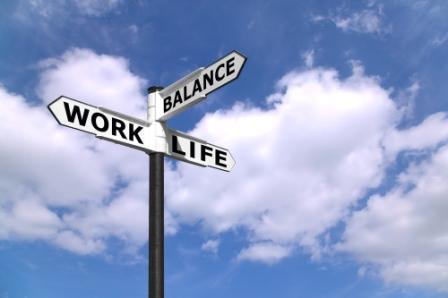You might regard job descriptions as a bit of a luxury and really only the preserve of major employers. But think again – the benefits and protection that they can give may well justify the effort.
What is a job description?
There’s no great mystery or legal definition – it is simply a description of what a job entails and
how it fits into your organisation. There are no links to the individual carrying out the tasks and no comments on how well he fulfils his duties. If you have several employees carrying out the same tasks with the same job title, one job description will cover them all.
What should you include?
You must establish what is required in the job, what are the key tasks and what are the responsibilities that accompany those tasks. Just clarifying what is expected can itself be beneficial. Involving the employee and his manager in this function can produce some interesting results! There may be times when his perception of the key duties are wildly different so the exercise will at least help to establish areas that are in need of attention.
The following should be included:
• job title and department
• supervised/managed by
• staff (if any) to be supervised
• general statement of the purpose of the job
• main duties – the most important listed first
• particular responsibilities which may carry danger, e.g. responsibility for cash
• dimension of the job e.g. giving indication of the size of the job
• a catch-all clause to cover reasonable duties as they arise
• the signature of the writer and the date.
It should be noted that job descriptions are not limited by the tasks carried out by your employees at the moment. It is perfectly acceptable to include duties which should be undertaken but which are not at the present time. The other main area of concern is that rigid job descriptions might mean that your employees do not have to perform duties that are not listed. This is very rarely the case. In companies where the job descriptions are reviewed regularly with new duties added and old ones deleted, it is usual for the description to grow as the job evolves.
What are the benefits?
Clear, well-defined job descriptions have two main benefits.
(1) Recruitment.
A job description together with a person specification is needed to make sure that you get the right person for the job. They will prompt you to ask relevant questions at interview and help you to make your decision on a more logical and scientific basis than simply gut feel. The interview process will be properly structured if questions relevant to the job description are posed. But more importantly, the law requires employers not to discriminate in selecting new employees. By showing that your choice was based on the applicant’s ability to meet the job description and person specification you should be able to prove that no discrimination existed.
(2) Appraisals.
The job description underpins effective appraising. Without it you cannot set targets upon which to judge performance. It is impossible to expect your employees to achieve goals if they are unaware of what they are. By listing key responsibilities in the job description there can be no room for interpretation. Indeed it is not possible to introduce a fair and effective appraisal system into your workplace without first issuing job descriptions. This then enables you to identify accurately any training that is required.
Esther McLeod is a commercial, innovative and results driven Consultant/Interim with over 25 years experience in HR & business arena. She is currently holding the position of HR Consultant/Director at International Management Answers (IMA).
Follow Me:

